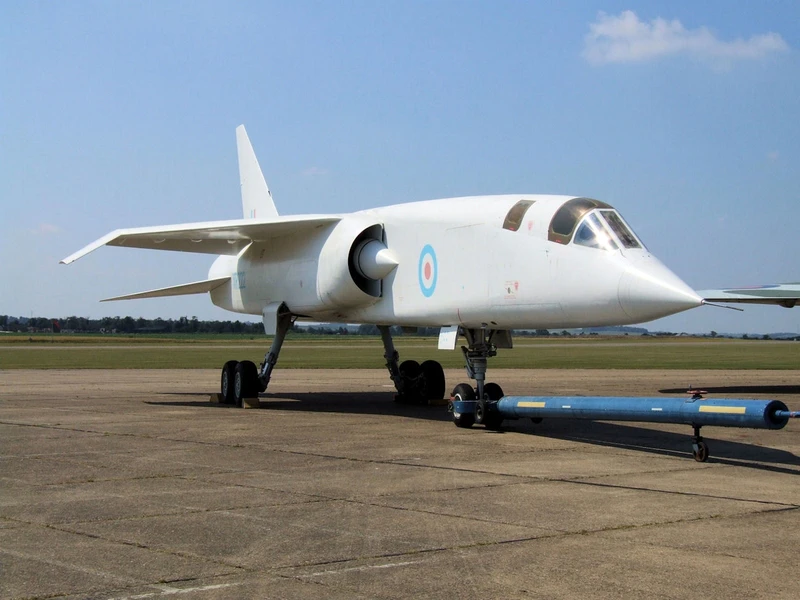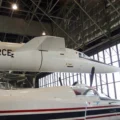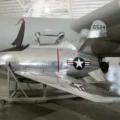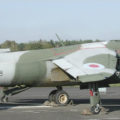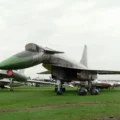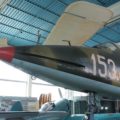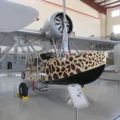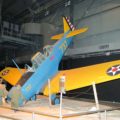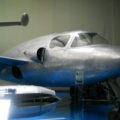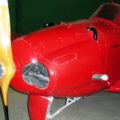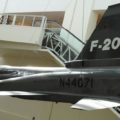De British Aircraft Corporation TSR-2 (voor "tactical strike and reconnaissance 2") was een geannuleerd aanvals- en verkenningsvliegtuig uit de Koude Oorlog, ontwikkeld door de British Aircraft Corporation (BAC) voor de Royal Air Force (RAF) in de late jaren 1950 en vroege jaren 1960. De TSR-2 is ontworpen om een goed verdedigd voorwaarts gevechtsgebied op lage hoogte en zeer hoge snelheden binnen te dringen en vervolgens hoogwaardige doelen in de rug aan te vallen met nucleaire of conventionele wapens. Een andere beoogde gevechtsrol was het leveren van stand-off op grote hoogte, zijwaarts kijkende radar- en fotografische beelden en inlichtingen over signalen, luchtverkenning. Slechts één casco vloog en testvluchten en gewichtstoename tijdens het ontwerp gaven aan dat het vliegtuig niet in staat zou zijn om aan de oorspronkelijke strenge ontwerpspecificaties te voldoen. De ontwerpspecificaties werden verlaagd als gevolg van vliegtests.
Bron: BAC TSR-2 op Wikipedia
Meer info:
De BAC TSR-2 was a cancelled Cold War strike and reconnaissance aircraft developed by the British Aircraft Corporation (BAC) for the Royal Air Force (RAF) in the late 1950s and early 1960s. The TSR-2 was designed to penetrate well-defended frontline areas at low altitudes and very high speeds, and then attack high-value targets in rear areas with conventional or nuclear weapons. It was also capable of high-altitude, high-speed reconnaissance missions with advanced sensors and cameras. The TSR-2 was a highly advanced and complex aircraft, featuring a variable-geometry wing, a powerful radar, a terrain-following system, an electronic countermeasures suite, and a sophisticated navigation and weapon-aiming computer.
The TSR-2 was powered by two Bristol Siddeley Olympus 22R turbojet engines with afterburners, giving it a maximum speed of over Mach 2. The TSR-2 had a large internal bomb bay and four underwing pylons for carrying up to 4.5 tonnes of ordnance. The TSR-2 project faced many technical and political challenges, as well as rising costs and inter-service rivalry. Only one prototype flew, making 24 test flights between September 1964 and March 1965. The project was controversially cancelled in April 1965 by the Labour government, which decided to order an adapted version of the American General Dynamics F-111 instead. However, this decision was also reversed later, leaving the RAF without a suitable replacement for its ageing Canberra bombers. The TSR-2 remains one of the most famous examples of a cancelled British aircraft project, and a symbol of the decline of the British aerospace industry in the 1960s.
